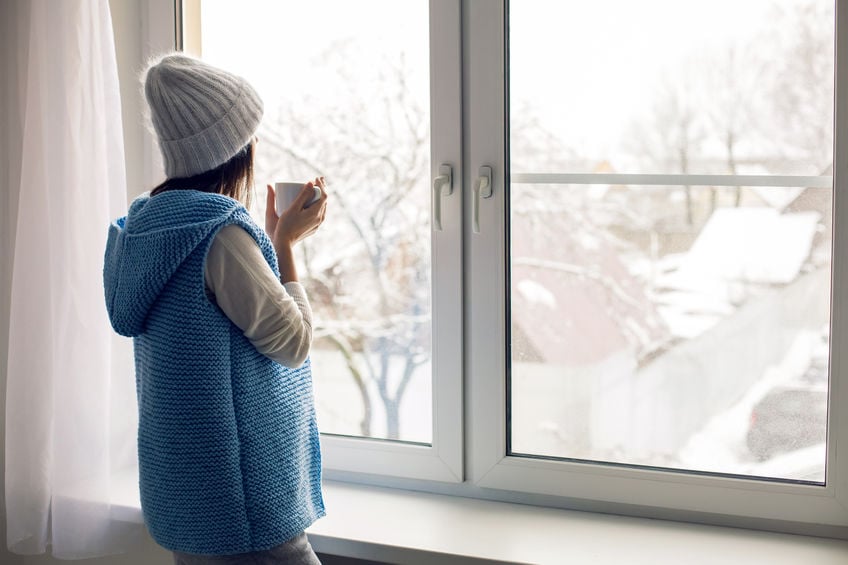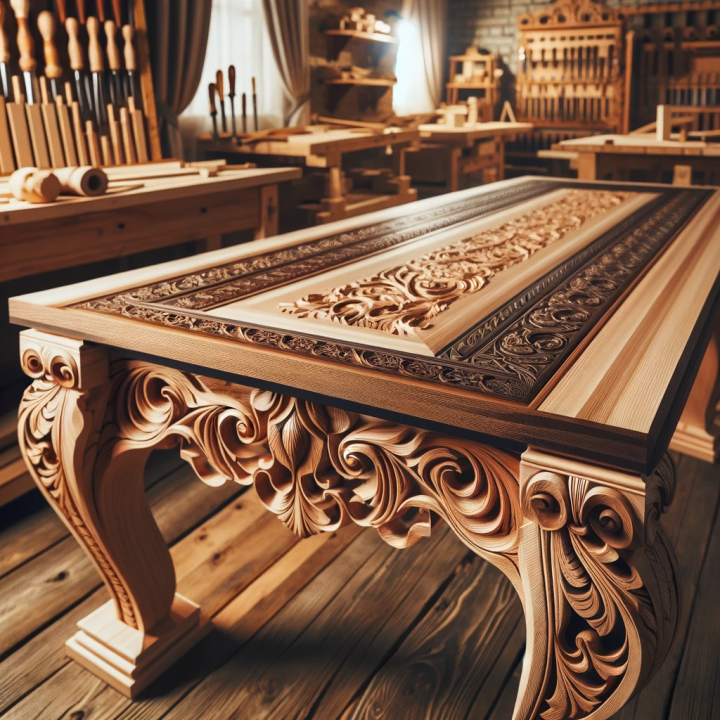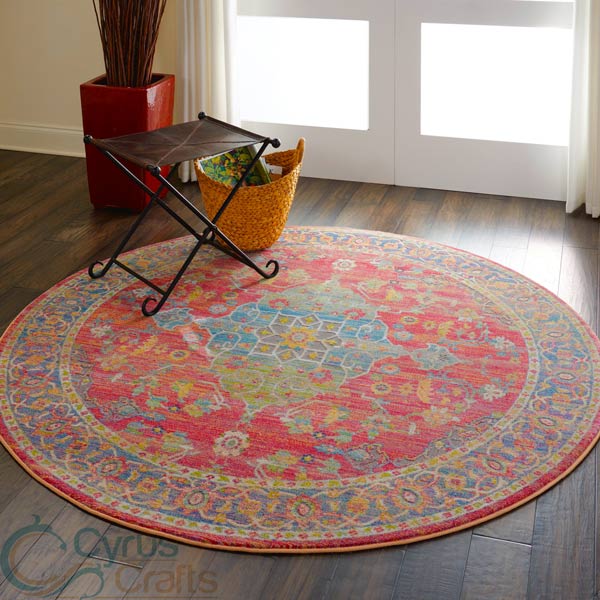Insulating Windows: 6 Tips to Keep Your Home Warm This Winter

Table of Contents
As winter approaches, keeping your home warm and comfortable is a top priority. Cosy evenings spent indoors can be easily overshadowed by the thought of rising heating bills and the crisp winter chill that seeps through every gap in your home.
The most common culprits? Your windows that offer a clear view of the outside world. While they’re great for watching the snowfall, they’re not so great at keeping in the warmth.
Insulating your windows doesn’t have to be a daunting, complex or expensive task.
From glazing gaskets to draft snakes, this article highlights six straightforward tips for sealing your windows and keeping your home warm and comfortable this winter.
By combining or installing multiple methods you can maximise your heat retention contributing to a more sustainable home and reduced energy bills.
1. Glazing Gaskets
Although glazing gaskets may sound like a complicated term, these seals are easily fitted around your windows to seal gaps when the window closes against the frame.
Depending on the type of window you are looking to seal, glazing gaskets are available in various materials such as rubber, foam and metal. They help fill the gaps where cold air might sneak in and warm air might escape.
2. Window Insulation Film
Window insulation film is a clear sheet of plastic that you can stick to the inside of your windows. This creates an extra layer of insulation, almost like double or secondary glazing, but without the hefty cost.
Window insulation film can be fitted as a DIY project using a pair of scissors, hair dryer and damp cleaning cloth. The hair dryer allows you to gently heat the area shrinking the film to the exact size of the window.
This process creates an airtight barrier by trapping a layer of air between the glass and the film to form an insulating buffer that reduces the rate at which heat escapes through the window.
Besides insulating, window insulation film also aids in sealing off drafts that may seep through the gaps in the corners of your windows. They also improve the thermal efficiency of your windows, reducing the energy required to heat your home.
3. Caulking
Caulking is another simple yet effective method to seal the cracks and gaps around your windows. Caulking is a general term for silicone sealants, polyurethane or decorators caulk which can be easily applied using a caulking gun.
Once you have removed any old caulk or paint residue, clean the area with a damp cloth. Holding the caulking gun at a 45-degree angle, apply the caulk smoothly and steadily along the seam between the window frame and the wall. Try to keep a consistent pressure on the trigger for an even application.
This process prevents drafts from entering your living areas, whilst also protecting your home from water damage and improving its overall energy efficiency. It is a simple and cost-effective measure that can make a noticeable difference in your homes comfort and energy bills.
4. Thermal Curtains
Thermal curtains are designed to insulate your windows with their heavy-lined fabrics that create a barrier trapping heat inside your room. Even well-insulated windows have small gaps that allow cold air to enter and warm air to escape.
Fitting thermal curtains helps resolve this issue by acting as a secondary barrier against drafts originating from window frames. These curtains are typically manufactured using multiple layers of fabric and may include a dense or foam-like core that acts as an insulator.
As air is a poor conductor of heat, this layering traps air within the fabric forming a barrier that reduces the amount of heat lost through the windows.
These curtains also help reduce condensation by maintaining a more consistent temperature on the window surface.
5. Snake Draft Stoppers
Draft snakes, also known as draft stoppers, can be placed on your window sill to prevent cold air from entering and warm air from escaping.
They are essentially fabric tubed filled with insulating materials such as foam and other fabrics. They offer a simple and cost-effective solution that adds personality to your windowsills.
Draft snakes are a versatile and convenient solution that can be easily moved from one location to another.
They require no installation and can be brought or homemade in various styles, colours and materials. Homemade versions can be tailored to fit the exact length and width of your windows or doors.
6. Secondary Glazing
Secondary glazing is an effective way to keep your home warm. It is particularly useful in older buildings where replacing the existing windows is not feasible due to cost or heritage preservation reasons.
Secondary glazing involves installing a second layer of glass or acrylic inside the existing window. This creates an additional barrier to heat transfer, reducing the amount of heat lost through the windows.
As well as creating an insulating barrier, secondary glazing panels provide excellent sound insulation for homes located in noisy areas. Compared to replacing your existing windows with double or triple glazing, secondary glazing is a cost-effective solution that is less disruptive to install.
Ventilation
Whilst installing measures to insulate your windows is essential for reducing draughts and keeping your home warm and comfortable, proper ventilation plays an important role in maintaining a healthy indoor environment.
Ventilation is not just about letting in fresh air, it involves taking steps to ensure natural airflow to reduce indoor air pollutants, moisture and odors.
Despite the focus on insulation and sealing for energy efficiency, the importance of window ventilation for health and comfort should not be overlooked.
Adequate ventilation is essential in managing humidity levels and avoiding excessive moisture and dampness.
Moisture can lead to mold growth and other structural issues, as well as respiratory problems in poorly ventilated bedrooms. Opening windows, especially in areas like kitchens and bathrooms that generate a lot of moisture, can help prevent these issues.
Most modern uPVC windows have built-in vents that allow a level of natural ventilation. Despite this being a source of cold air draughts, it is imperative that they are left open to allow a flow of fresh air into the room.
Remember, taking the time to properly insulate your windows is an investment in both comfort and energy conservation. For additional advice and support on replacing your window gaskets, visit Seals Direct.






